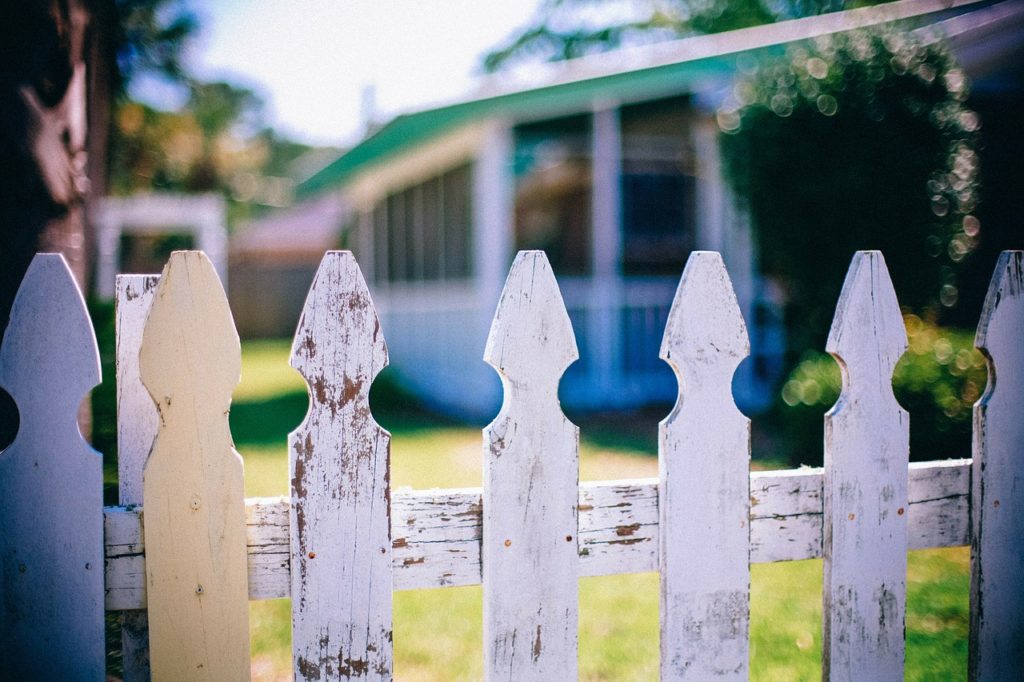Aging in place is proving difficult in areas where the population is getting older, houses are in disrepair, supportive services are scarce and younger people who can help have moved away, according to a recent article published in The Wall Street Journal.
The article discusses how the northeastern United States — which has the oldest median age of any U.S. region, in addition to housing “rife with hazards” — is experiencing challenges from an increasing number of seniors who are aging in place.
The idea of remaining independent with the help of community-based services “has been a little oversold,” said Donna Wagner, dean of the New Mexico State University College of Health and Social Services, in the article.
Public and private entities are increasingly attempting to offer more services, but demand is outweighing supply because the population is aging, Wagner explained. The article noted elderly people who live at home are having to depend more on neighbors, who are at times elderly as well, and that public nonprofits and local agencies are beginning to feel the strain from increasing requests for assistance.
Maine, Kentucky, New York and Pennsylvania are among states currently boosting programs designed to help the elderly live at home, while communities and churches are also implementing more initiatives, the Journal reported.
Pennsylvania, beginning in 2017, will contract with managed care organizations meant to help tens of thousands of seniors eligible for long-term care under Medicaid stay at home. The aim is to direct a far greater portion of funds away from more expensive nursing homes to efforts that help the elderly live safely at home, according to Pennsylvania Human Services Secretary Ted Dallas.
Kentucky, for the first time, is planning a program to deliver meals five days per week to the homes of almost 4,000 low-income seniors.
The New York 2015-2016 budget, which went into effect on April 1, includes one of the state’s largest investments ever in assisting seniors at home: more than $65 million for programs, from respite services for family caregivers to transportation.
Meanwhile, a new law in Maine authorizes the state to ask voters in November to borrow $15 million to construct affordable homes for seniors and repair older houses occupied by the elderly. In August, Maine also said it would invest an additional $3.2 million into home services for the elderly to reduce waiting lists, such as the 900 individuals who were waiting for basic help, from housekeeping assistance to meal preparation.
More elderly across the U.S. are aging at home in part due to their inability to afford assisted living, as well as some states imposing policies to limit nursing home stays paid for by Medicaid, the Journal reported.
Additionally, 88% of U.S. residents in assisted living pay privately, and the national median monthly rent is more than $3,500, The Wall Street Journal reported, citing the Assisted Living Federation of America and Genworth Financial.
Written by Mary Kate Nelson
Companies featured in this article:
Assisted Living Federation of America, Genworth Financial, Medicaid, New Mexico State University College of Health and Social Services, Pennsylvania Human Services, The Wall Street Journal




